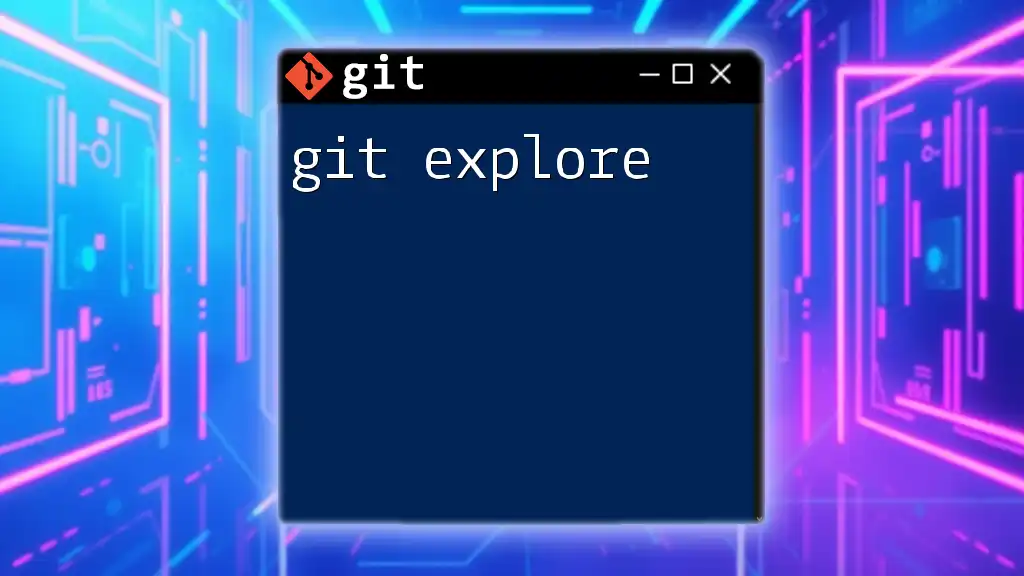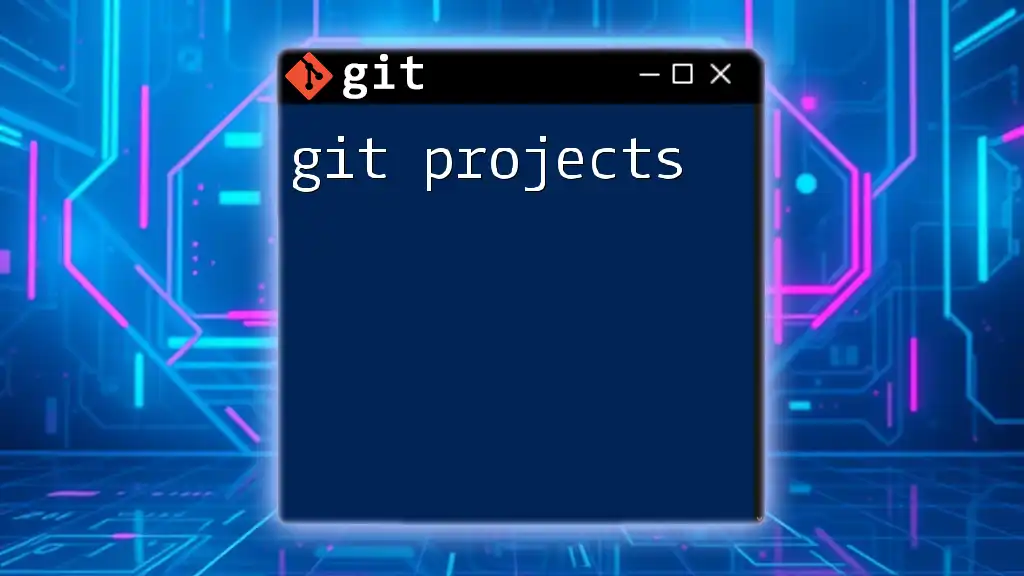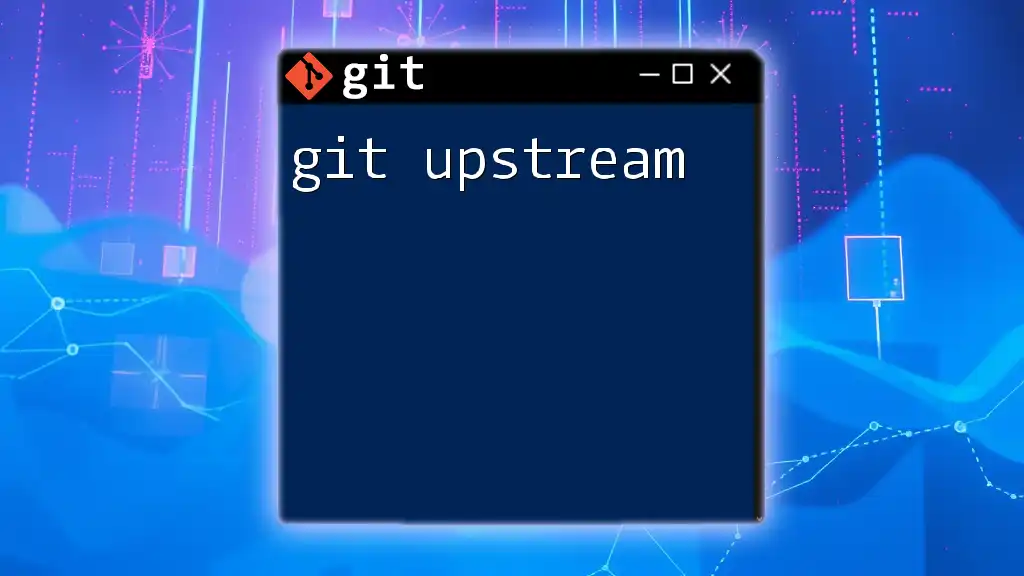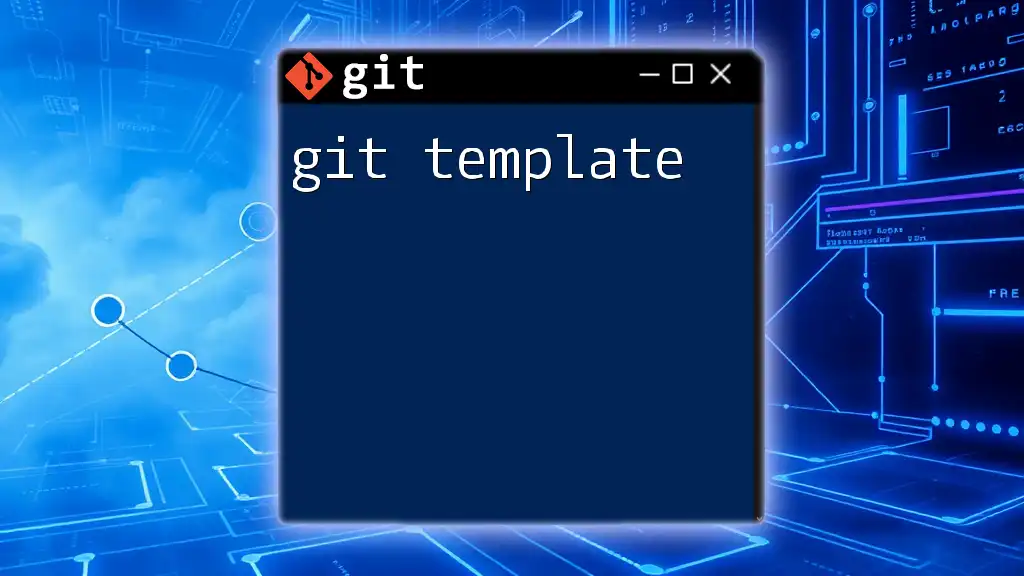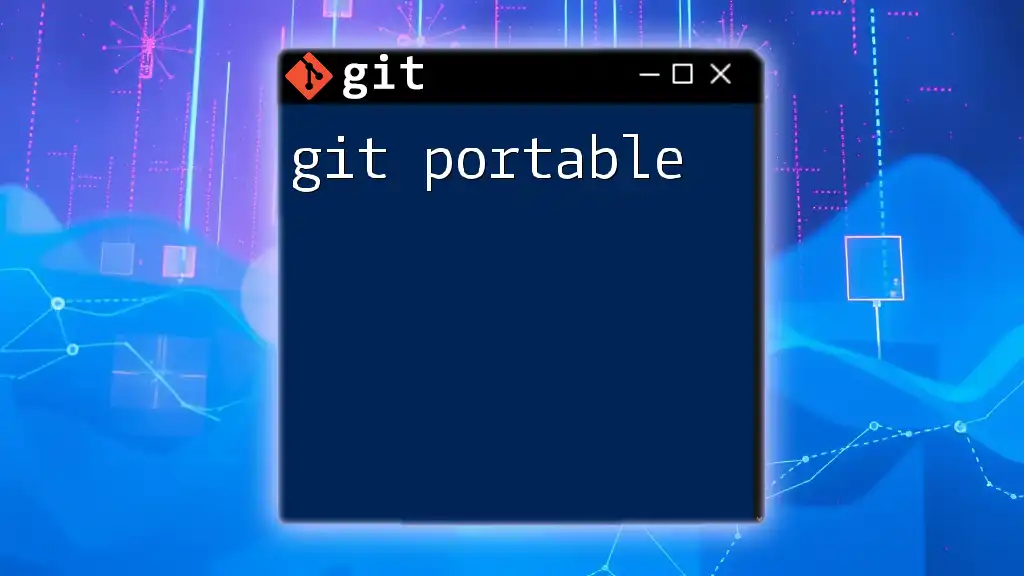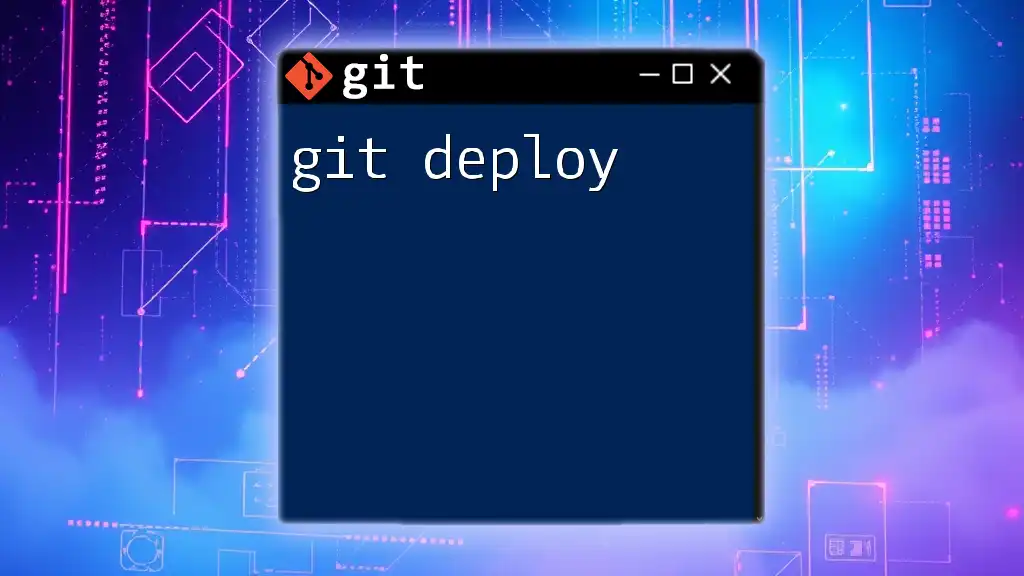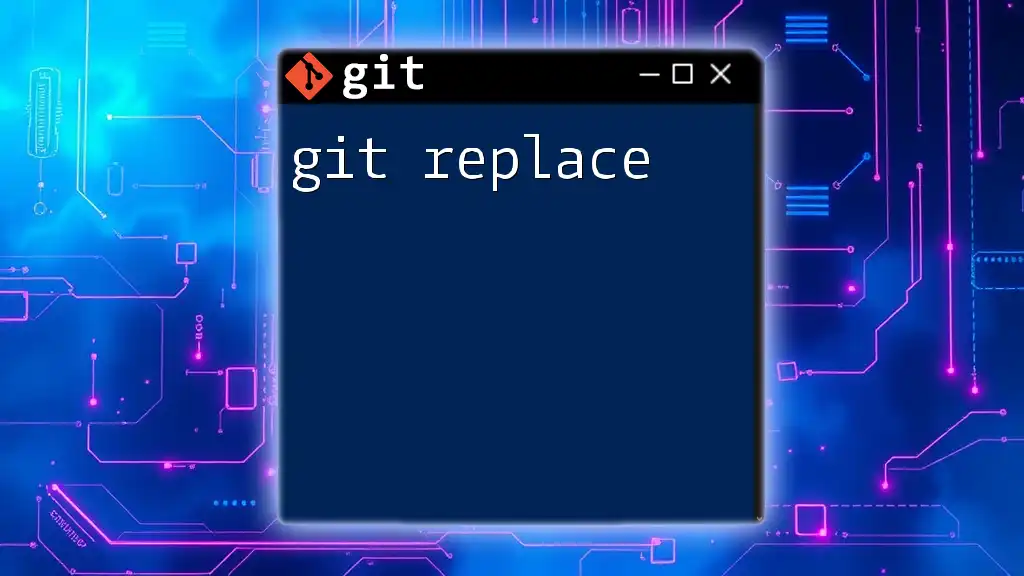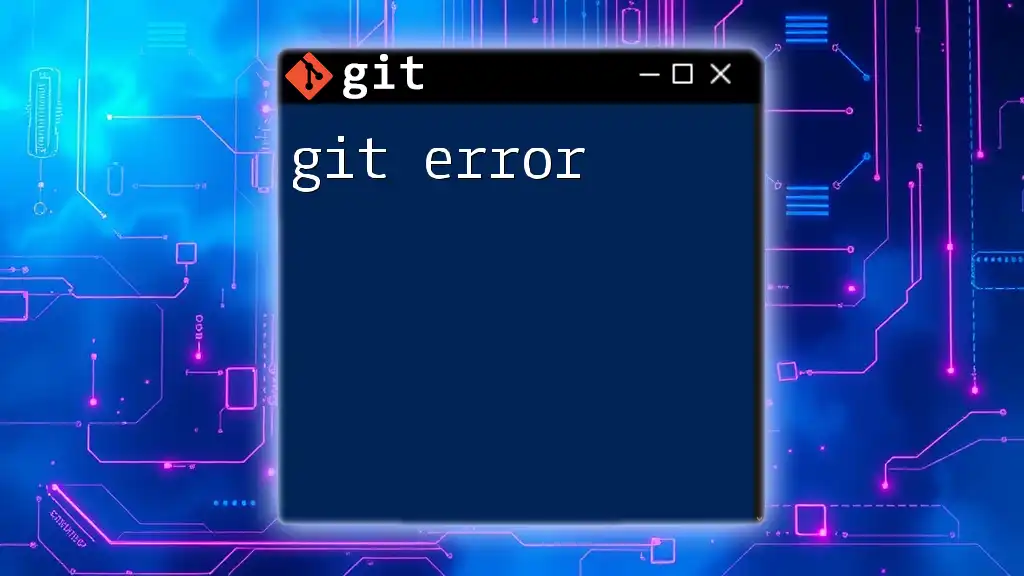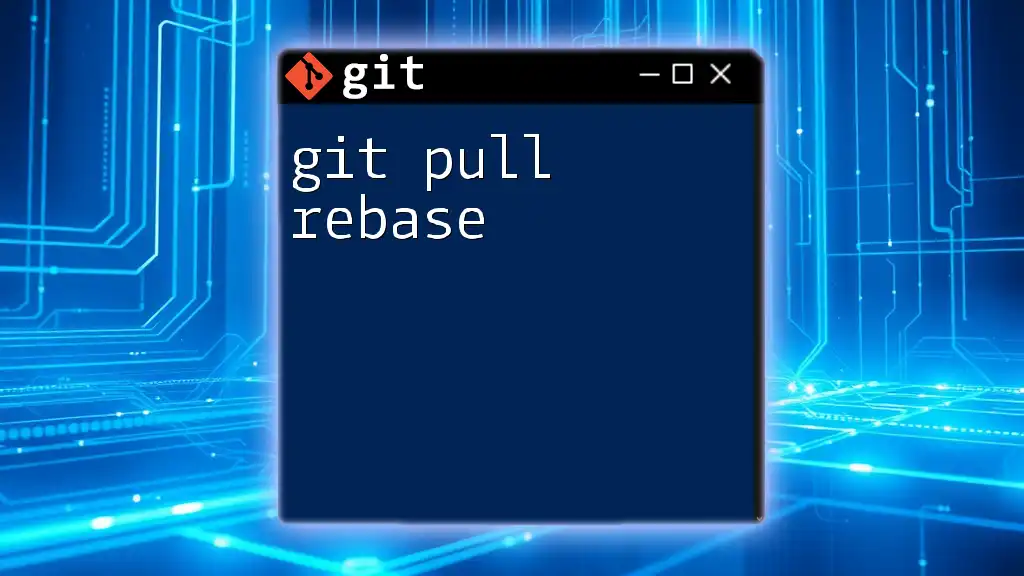"Git Explore" is a command that allows users to browse their local Git repository, providing insights into branches, commits, and other repository details, enhancing their understanding of source control.
Here’s a code snippet to explore your Git repository:
git log --oneline --graph --decorate --all
What is Git Explore?
`Git explore` is a command that offers users a means of investigating and understanding their Git repositories more effectively. This command empowers developers to gain insights into the repository’s structure, file changes, and commit history. The purpose of `git explore` is to enhance visibility and comprehension of the contents of a Git repository, making it easier to collaborate and contribute to projects.
By utilizing `git explore`, developers can uncover vital information that may not be readily visible in standard command-line usage. For instance, it allows exploration beyond just the surface and into the context of a project’s overall progress and structure.
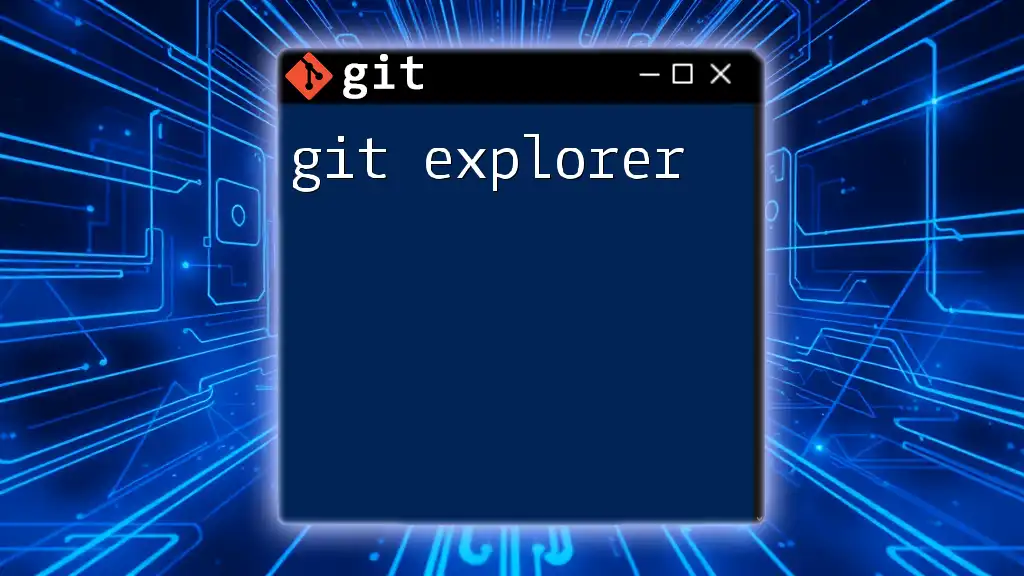
Why Use Git Explore?
Exploration is crucial in navigating and comprehending code repositories, especially in collaborative environments. Here are some reasons you should consider using `git explore`:
-
Significance of Exploration: Understanding the file structure, commit history, and overall repository activity can drastically improve productivity and the effectiveness of collaboration. By actively exploring the repository, developers can make better-informed decisions about changes and contributions.
-
Enhancing Collaboration: When multiple team members are involved, it can be challenging to keep track of changes. Using `git explore` enables team members to keep abreast of updates and modifications made by others, reducing the likelihood of conflicts and misunderstandings.
-
Streamlining Project Onboarding: New team members can quickly get up to speed by exploring existing repositories. `Git explore` simplifies the onboarding process by allowing new developers to familiarize themselves with the project structure, key files, and historical context, which is essential for a smooth integration.
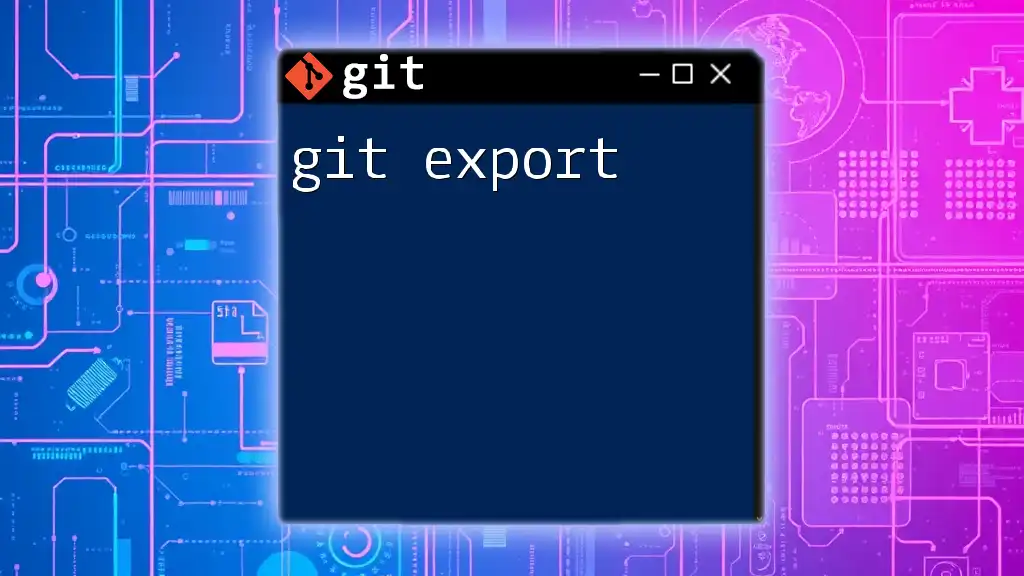
Setting Up Your Environment
Installing Git
To use `git explore`, you first need to have Git installed on your machine. The installation process varies slightly based on your operating system:
- Windows: Download the installer from the official Git website and follow the installation instructions.
- macOS: You can install Git via Homebrew by running:
brew install git - Linux: Use your package manager, such as APT, to install Git:
sudo apt-get install git
Once the installation is complete, verify it by typing:
git --version
Configuring Git for First Use
Before diving into using `git explore`, set up your Git environment by configuring your user details. This enables Git to associate your commits with your identity. Use the following commands:
git config --global user.name "Your Name"
git config --global user.email "youremail@example.com"
After that, confirm your configuration:
git config --list
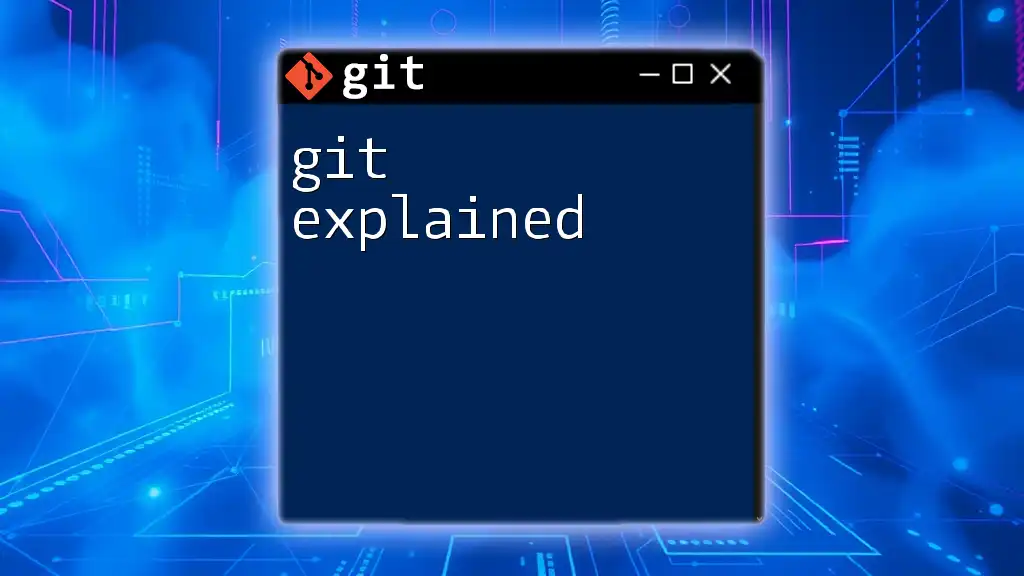
How to Use Git Explore
Understanding the Command Syntax
To run `git explore`, you'll typically follow a basic syntax format. The command generally looks like this:
git explore [options] [path]
Common options that accompany `git explore` can modify its output or behavior, depending on your needs.
Practical Examples of Git Explore
Exploring a Local Repository
To explore a local repository, simply navigate to the repository's directory and execute the command:
git explore ./path/to/your/repo
This command will provide insights about the repository, revealing its directory structure, current file status, and commit history — all invaluable for understanding your project's context.
Exploring Remotes
If you want to explore remote repositories, you can do so with:
git explore origin
This command allows you to examine the structure and history of the remote repository, making it easier to understand the overall journey of the project as it has evolved over time.
Tips for Effective Use
To optimize your experience while using `git explore`, consider the following best practices:
- Familiarize Yourself: Regular exploration helps you become more acquainted with the history and files of your project.
- Combine Command Usage: Use `git explore` alongside other Git commands (such as `git status`) to gather more comprehensive insights into your repository.
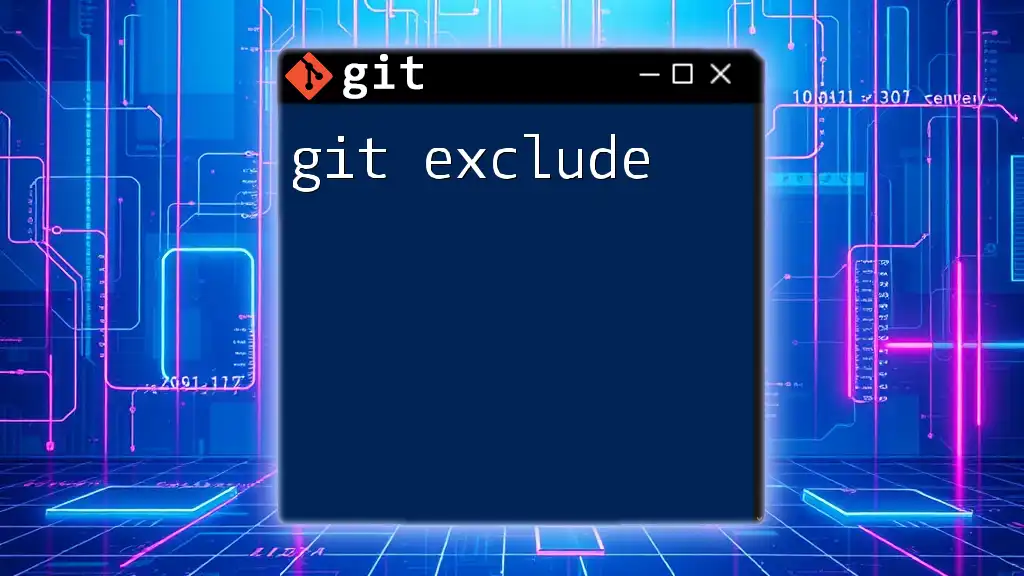
Advanced Techniques
Combining Git Explore with Other Git Commands
One powerful technique is to utilize `git explore` in conjunction with other commands to enhance visibility. For instance, you can combine it with `git status` to evaluate the current changes within the context of the exploration:
git explore | less
This allows you to scroll through the explore output conveniently, making it easier to find relevant information.
Utilizing Aliases for Efficient Workflow
To make your use of `git explore` more efficient, consider setting an alias. This can save you time and keystrokes. Create an alias by running:
git config --global alias.ex "explore"
Now, instead of typing `git explore` every time, you can simply type `git ex`, keeping your workflow smooth and efficient.
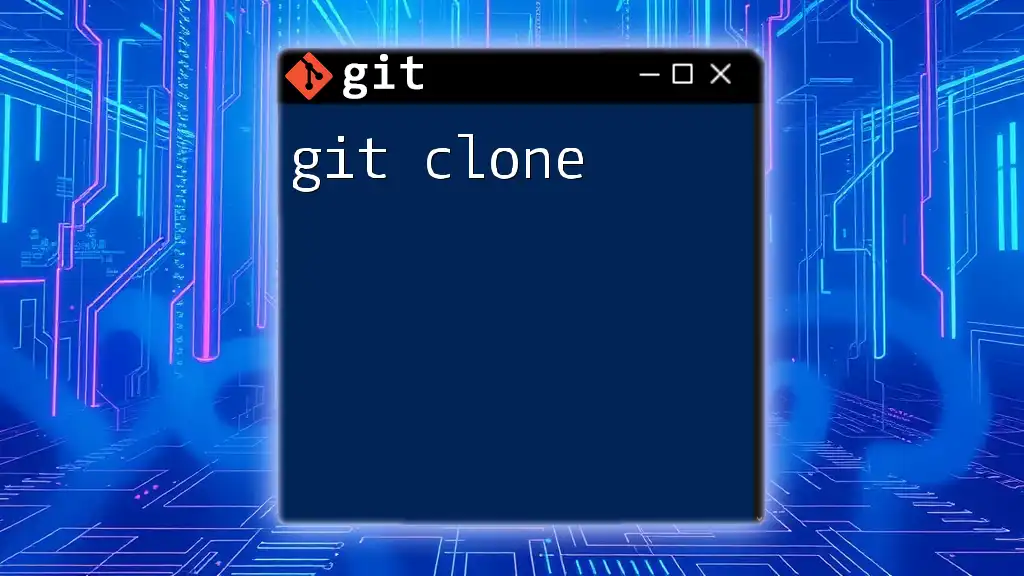
Troubleshooting Common Issues
Error Messages
While using `git explore`, you may encounter certain error messages. These messages often indicate specific issues, such as a repository being misconfigured or not being found. Pay attention to the error message for guidance on how to resolve the problem.
Performance Issues
Exploring large repositories can sometimes lead to performance challenges. If you notice slow responses, consider narrowing your exploration context or using filters within the command if available. This can significantly improve performance and usability.
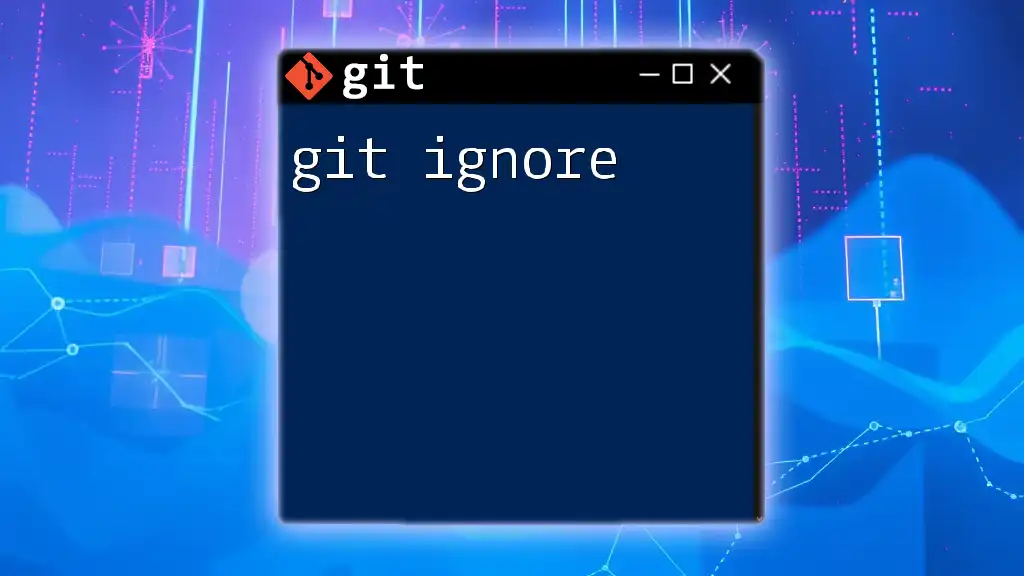
Conclusion
In summary, `git explore` is a powerful command that enhances your ability to understand and navigate Git repositories. Its utility in providing insights into project structure and history is invaluable for both individual developers and teams. By incorporating `git explore` into your regular Git usage, you’ll find yourself better equipped to handle collaboration and contribute effectively.
Mastering git commands like `git explore` is key to efficient software development and collaboration. Embrace the power of exploration and watch as your understanding of version control deepens, contributing positively to your development workflow.
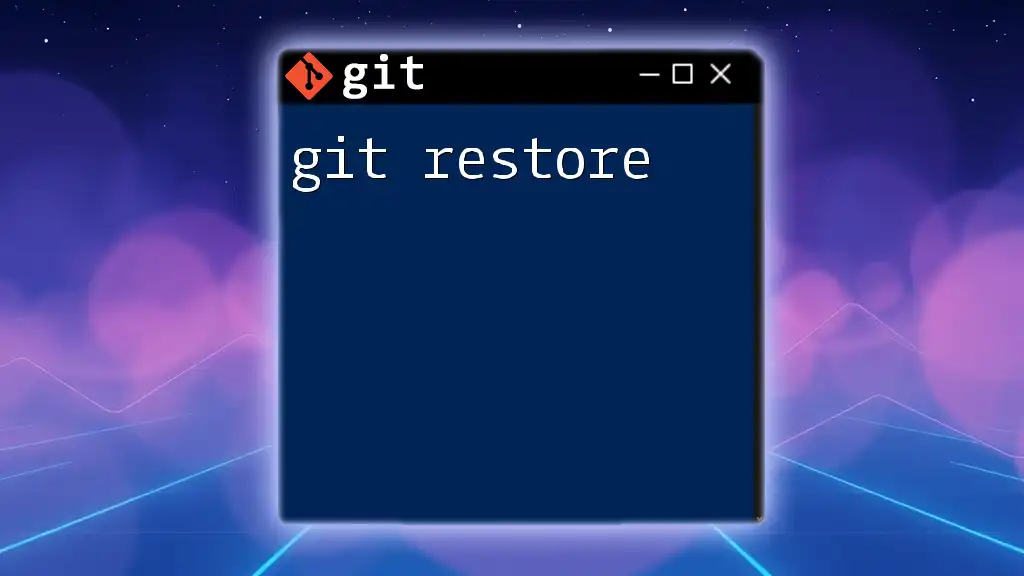
Additional Resources
For those looking to further their understanding of Git commands, consider checking the official Git documentation. You can also explore various tutorials and courses to refine your skills and join community forums for additional insights and support.

Call to Action
Start experimenting with `git explore` today and see how it enhances your workflow. Share your experiences with peers and consider signing up for more tutorials to deepen your Git command knowledge.

